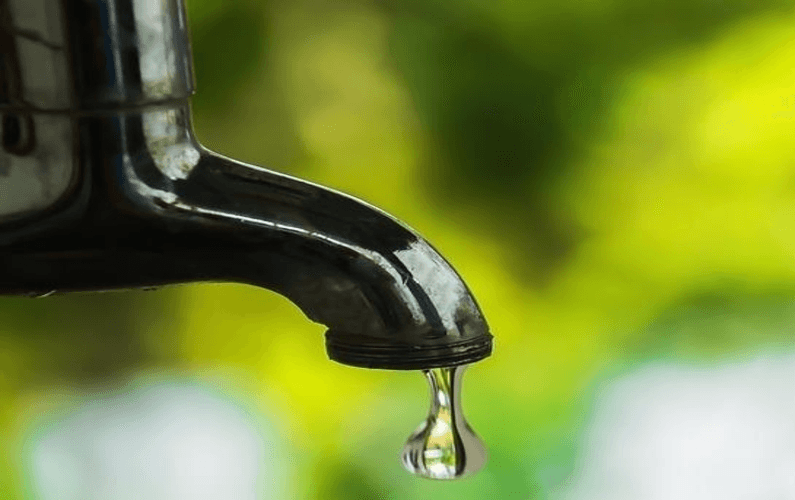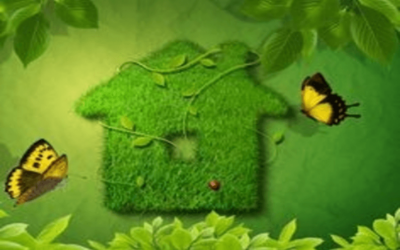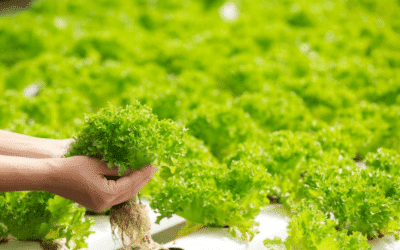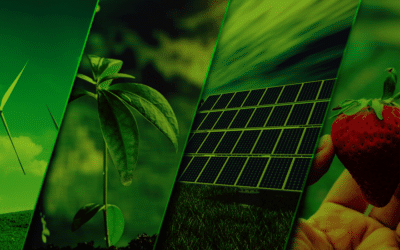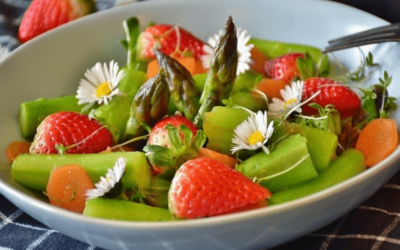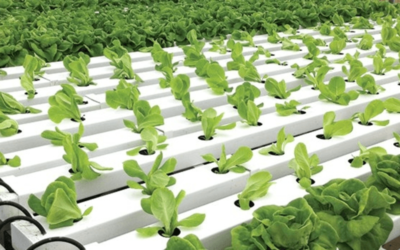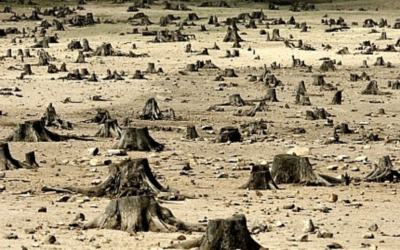Finding ways to save water around the home has never been more important as now! It’s a heart-breaking situation as the demand for access to clean water continues to increase. Existing infrastructures are simply not up to the job and as a result we over-exploit our existing water sources.
What is the Eco Friendly Living Definition?
Containing the use of non renewable resources and instead, rather use renewable resources. Saving on our monthly utility expenses. Using non-toxic eco friendly living products. Living in harmony with nature. Living more eco friendly. These are achieved by following and implementing eco friendly living tips. You might be asking, where do I find information about living an eco friendly lifestyle? Several such sources are available on the internet. At first this is a daunting task, though after starting, your eco awareness is easily stimulated by implementing small eco lifestyle ideas, for instance see 3 Key Benefits: Eco Friendly Living & Eco Friendly Lifestyle.
Pressure is being placed on governments and service providers to improve the management of rivers and dams. Ordinary citizens need to make real lifestyle changes, if we are going to slow down and reverse this situation. Use rainwater harvesting tanks to take advantage of harvesting the rainfall.
And you are able to apply some of these to your existing home if you want to contribute towards the solution. So let’s look at all the areas in your home and start saving water. What follows is about eco friendly living and gathering eco friendly living tips.
In the kitchen
Do you know how many times a day you turn your kitchen tap on? Keep track of it for one day – you may be surprised. Kitchen appliances require water to run, and to be kept clean. So it’s the perfect place to start looking for ways to cut down on your water usage. This is how to do it:
- Purchase water-efficient devices: Dishwashers and washing machines make our lives so much easier. Some use more water than they need to. If you’re looking to replace your existing machines, research before you buy. Look for machines that are not just energy-efficient, but water-efficient too.
- Make a full load before you switch on: Don’t be tempted to run your dishwasher if you only have a few dishes to wash. Although using a machine saves water than when washing by hand, it only works if you fill the machine up before you switch it on. The same goes for your washing machine. Wait until you have a few more clothes to wash and then make a full load and get the most out of the water you’re using.
- Plug your sink: Whether you’re washing dishes, rinsing your hands or washing your vegetables, don’t let water just drain away. Plug your sink and collect that water. Use that to water your plants or flush your toilet. Re-using water like this is the best way to get the maximum value from it.
- Don’t let the tap run: While you’re waiting for your hot water to come through, don’t let the cold water in the pipe go to waste. Collect it in a jug and use it to fill up kettle for your next cup of coffee.
- Install and aerator: A simple fitting with a mesh screen when attached to the end of your kitchen tap, provides a steady stream of air and water. You still get a steady stream though use less water to achieve the same effect. They’re inexpensive, easy to install and effective.
A little thought goes a long way. Just being mindful of how you use water in the kitchen helps you see ways to save it. So think before you turn on that tap and make the most of every drop of water. More eco friendly living ideas for saving water in the kitchen.
In the bathroom
Another good place to look at saving water is in the bathroom. There are many ways to reduce the amount of water you use and still stay clean. Use these simple eco friendly living tips:
- Don’t bath, shower instead: A bath uses far more water than a shower. Although, when you shower, keep it under five minutes. It really shouldn’t take you much longer to wash. If you want to bath, don’t overfill the bath. Also re-use your bath water for flushing the toilet or watering your garden.
- Install a low-flow shower head: You find them at your local hardware store and it doesn’t take much to install one. Your shower won’t feel any different and it saves you a lot of water.
- Put a brick in your cistern: Though it sounds crazy, it really does work. By displacing some of the water in your cistern you won’t use as much when you flush. It’s a cheap but effective way to stop good water going down the drain.
- Don’t leave the tap running: When you’re shaving or brushing your teeth, turn off the tap. You’re letting good water go to waste; so leave it off until you need to rinse your razor or your mouth.
- Interesting eco friendly lifestyle ideas and tips for saving water in the bathroom.
In the garden
Maintaining a beautiful garden takes lots of effort and lots and lots of water. While these tips won’t make gardening any easier, they help you save water. Adopt these habits for a beautiful garden while saving money and most importantly, saving water:
- Water your plants in the evening: If you water your plants in the heat of the day most of the water simply evaporates. Watering later in the evening, when the ground is cooler allows it to absorb and maintain the water. Your plants benefit and you may find you don’t have to water them as often.
- Watch where you put your sprinkler: Don’t water your pavement. Make sure your sprinkler is placed where water is really needed—next to your plants. Letting water go to waste like this does nothing for your garden and is a complete waste of water.
- Use natural and organic garden eco friendly living products: The water you use in your garden may eventually make its way back into the system. If it’s loaded with dangerous chemicals recycling is hampered. Use natural and organic eco friendly lifestyle products which break down quickly.
- Plant indigenous: They don’t need as much water as with aliens. They’re much easier to care for and much appreciated by the local insects and bird life. Group plants with similar water requirements together. You’re able to water those that need more water without drowning species that don’t need as much. Use this eco friendly ideas when replanting or replacing or when planning a new garden.
- These water saving tips are easy and inexpensive to implement. Make a list of eco friendly living ideas and adapt them over time, no need to do everything at once. Let living an eco friendly lifestyle be an intentionally chosen way of life – it is fun! With many benefits as seen with: 3 Key Benefits: Eco Friendly Living & Eco Friendly Lifestyle.
Cars and swimming pools
Taking care of your home extends to your car and swimming pool and offer you the opportunity to use water wisely. This is how to keep them in top condition without wasting water:
- Wash your car using a bucket: preferably start with a bucket of grey water that you’ve collected from around your home. There’s no need to spray every speck of dust off your car with a hose. It’s better to use a bit of elbow grease than send a river running down your driveway.
- Don’t overfill your swimming pool either: If you’re not using it all the time, it’s not necessary to fill it to the top. Or use a gutter pipe to fill up your pool, rather than water from a tap. Just slide an old pair of pantyhose over the end to catch any debris from going into the pool.
Check for leaks
An important part of saving water involves checking your home for any leaks. It may seem like a small thing, though over time a steady drip leads to wasted water. This also costs you money so it’s worth finding and fixing a leak quickly. Here’s how to do it:
- Watch your water meter: It’s the easiest way to check for a leak. Read your meter and take note of the figure. Then don’t use any water for at least two hours and check the meter again. If there’s a change in the meter reading it’s certain that you have a leak. You decide how often to do this.
- Use food colouring to check your toilet tank: Add a few drops of food safe dye to your toilet tank and if the colour appears in the bowl within 30 minutes, you know there’s a leak.
- Check the toilet handle: Another sign that your toilet is leaking is when the handle doesn’t return to its original position. That means the water keeps running and you should attend to it immediately.
Did you know that if a tap is dripping at a rate of 1 drop a second it adds up to 10,220 litres in a year! Usually all that’s required is installing a new washer to solve the problem. So never underestimate a leaking tap—and don’t wait to get it fixed. Another super easy idea to add to you eco friendly living tips list.
The ultimate water saving tip—a rainwater harvesting tank
If you have the space for one, it’s well worth investing in a rainwater harvesting tank. They are easily installed in your garden and allow you to collect and store rainwater for free. In green smart homes they are mostly installed underground. Connected directly to the gutters, they collect rainwater which are filtered and pumped into the home for use in the washing machine and toilets. See this section, Different Ways to Harvest Rainwater at Home in Rainwater Harvesting to reduce your water usage further.
Not only do they supply free water, they help reduce the burden on the municipal or service provider system. And when there’s a water shortage, you always have access to your own supply. Even ordinary rainwater harvesting tanks make a big difference. Simply being able to water your plants, wash your car or fill your pool without turning on a tap helps save water resources. In a green smart home, with an indigenous garden, using harvested rainwater sparingly, goes a long way to outlast the dry season.
These are all simple eco friendly lifestyle tips, and if everyone uses them in their homes, water usage is drastically reduced. Using water carefully also makes financial sense. As our demand for electricity increases, so does the price: The same is true for water. Finding ways to save on your water costs means you have money to invest in bigger projects such as harvesting rainwater.
While the problem with outdated and inefficient infrastructure still remains to be resolved, reducing the demand for water makes things easier for everyone. All that we really need to overcome is the way we take water for granted. Being water-wise isn’t just for the eco-conscious; it’s an attitude and if everyone adopts it, we avoid water shortages. Saving water is one of many eco friendly lifestyle changes.

